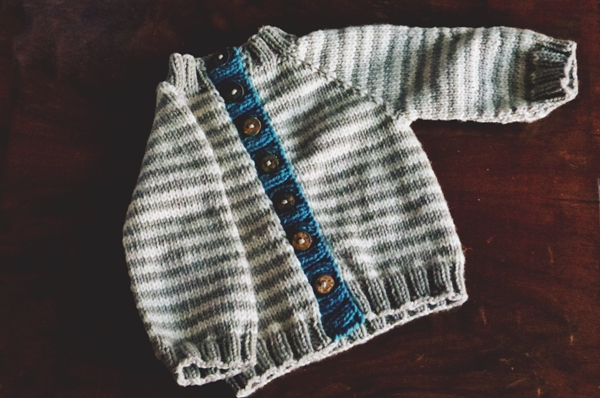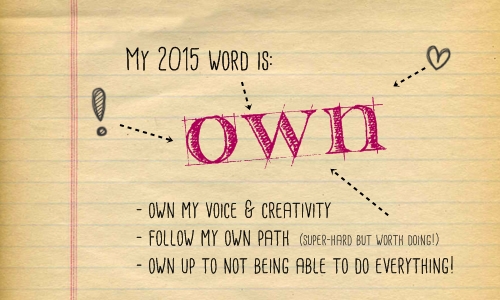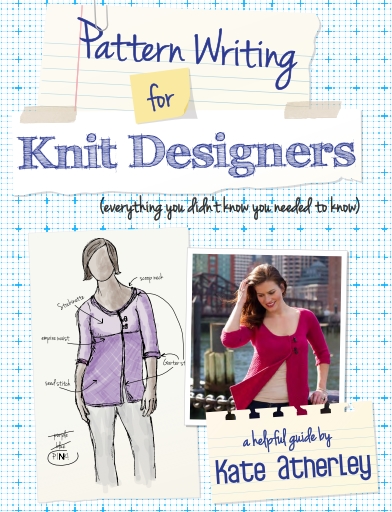 The last FO of 2014 showcased on the second day of 2015. I knitted the Coffee Bean cardigan for my youngest nephew as an Christmas present. I've used the pattern before and it's a great little project that looks contemporary, knits up a treat, and has a lot of scope for customisation. I used two balls of (the now sadly discontinued) Rowan Pure Wool Aran and used a remnant of a third colour in PWA to knit the buttonband trim. I just wanted to add a little pop of colour to a neutral-looking cardigan. I rather like the end result. Buttons are coconut shell buttons from an old, old eBay haul - this is the third project that uses these buttons and I still have many left!
The last FO of 2014 showcased on the second day of 2015. I knitted the Coffee Bean cardigan for my youngest nephew as an Christmas present. I've used the pattern before and it's a great little project that looks contemporary, knits up a treat, and has a lot of scope for customisation. I used two balls of (the now sadly discontinued) Rowan Pure Wool Aran and used a remnant of a third colour in PWA to knit the buttonband trim. I just wanted to add a little pop of colour to a neutral-looking cardigan. I rather like the end result. Buttons are coconut shell buttons from an old, old eBay haul - this is the third project that uses these buttons and I still have many left!
But this is 2015, so let's not talk anymore of Christmas. Happy new year, everyone!In Scotland, we celebrate Hogmanay which makes the advent of a new year seem extra special. This time my partner and I actually went to a small party where we danced the night away and tried our hand at karaoke (good grief). I even wore a new frock which helped chase away all the clouds left behind by 2014. The bells were celebrated with a wee dram and we enjoyed a healthy serving of Stovies too. Dear reader, I appear to have gone native.
However, to kick off the new year in a suitably knitterly fashion, I sat down for a chat with the lovely Louise Scollay. You can hear a full hour of Louise & I chatting about our year in knitting, what plans we have for 2015 and how much we are looking forward to the Edinburgh Yarn Fest. When we did the interview, my head was full of the cold. Apologies for that! Our chat also include what my post-Doggerland plans are .. the first pattern from the new venture will be released later this month, actually. I really, really enjoy chatting with Louise - I think the podcast clocks in at 70 minutes .. but actually we talked for like 2.5 hours. See if you can spot when I started coughing my lungs out so Louise had to do some super-clever editing!
One of the things Louise & I spend some time discussing is the idea of choosing a word that will keep you company throughout the coming year. It is a concept I have shamelessly stolen from Joanne Scrace - we discussed our mutual loathing of New Year's resolutions one evening and Joanne mentioned the ONE WORD thing. I like words, so obviously I love this idea. Surprisingly, I found it difficult to come up with a word that worked for me but I settled on this:

What would your word be?
So. It is the second day of 2015 and I am cautiously optimistic. Not bad for this glass half-empty girl.

 I get a lot of emails. Some deal with my own work, but a surprising amount of messages comes from people wanting to write patterns. Maybe my epic Twitter rants about poorly written patterns are to blame; maybe it is because when I teach I go on about things like gauge and chart symbols. Who knows?
What do you do if you didn't fluke a background in technical writing? Up to now you had to rely upon your knowledge of others' pattern writing skills and try to imitate their way of writing instructions. I understand why people do this, but it does not allow for reflection upon your own style and you may fall into adopting other people's bad habits without realising there are other options. Or you asked people like me who does have a background in technical writing (and who is horrifically busy) or you ask in Ravelry fora with somewhat mixed results.
I get a lot of emails. Some deal with my own work, but a surprising amount of messages comes from people wanting to write patterns. Maybe my epic Twitter rants about poorly written patterns are to blame; maybe it is because when I teach I go on about things like gauge and chart symbols. Who knows?
What do you do if you didn't fluke a background in technical writing? Up to now you had to rely upon your knowledge of others' pattern writing skills and try to imitate their way of writing instructions. I understand why people do this, but it does not allow for reflection upon your own style and you may fall into adopting other people's bad habits without realising there are other options. Or you asked people like me who does have a background in technical writing (and who is horrifically busy) or you ask in Ravelry fora with somewhat mixed results.

 Quite often I get asked which are the best needles out there. It's never a straightforward answer because different types of needles do different kinds of jobs. Some knitting needles are versatile workhorses, whilst others excel at taming temperamental yarns. I'm a big believer in keeping my toolbox well-stocked, but I cannot always keep up with what's on the market. So, when the lovely folks at KnitPro asked if I wanted to test-drive any of their needles, I asked if I could trial three of their more recent types of needles: the Karbonz, the Symphonie Cubics, and the Nova Cubics.
Quite often I get asked which are the best needles out there. It's never a straightforward answer because different types of needles do different kinds of jobs. Some knitting needles are versatile workhorses, whilst others excel at taming temperamental yarns. I'm a big believer in keeping my toolbox well-stocked, but I cannot always keep up with what's on the market. So, when the lovely folks at KnitPro asked if I wanted to test-drive any of their needles, I asked if I could trial three of their more recent types of needles: the Karbonz, the Symphonie Cubics, and the Nova Cubics.



